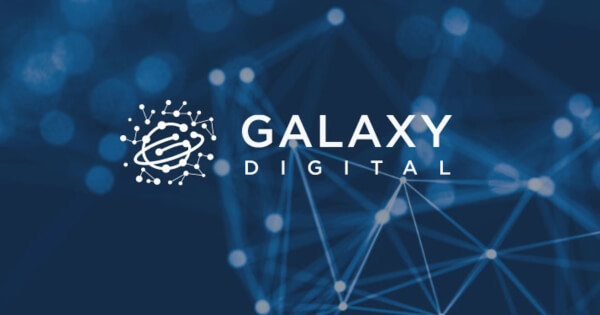Ethereum's Dencun Upgrade: Assessing the Economic Impact and Trade-offs After 150 Days
Darius Baruo Aug 22, 2024 09:16
An in-depth analysis of Ethereum's economic landscape 150 days post-Dencun upgrade, focusing on blobs, rollups, and the overall impact on the network.

Ethereum's Dencun upgrade, which includes the implementation of EIP-4844, has significantly altered the economic landscape of the network. According to Galaxy.com, the introduction of blobs and type-3 transactions has led to notable changes in transaction costs, rollup activity, and Ethereum's overall revenue.
Key Metrics Post-Dencun
In the 150 days following the upgrade, Ethereum saw the purchase of 2,225,958 blobs at an average cost of $1.59 per blob. These blobs supported 1,104,315 Layer 1 transactions, averaging $5.22 per transaction. The total revenue generated from blobs amounted to 2,692.39 ETH and $9,318,794, with 89.45% of the fee revenue burned and the rest allocated to validators as priority tips.
Rollups purchased approximately 285 gigabytes of blob data, utilizing about 76% of their capacity. The fixed size of each blob is 128KB, and Ethereum can process a maximum of six blobs per block. The ephemeral nature of blobs means they are pruned from most Ethereum nodes after roughly two weeks.
Rollup Economics
The introduction of blobs has reduced rollup costs substantially. Rollups spent $3,549,430 on blobs, translating to $16,473 per gigabyte used and $12,458 per gigabyte purchased. This is a significant decrease compared to the daily average of $1.07 million before the Dencun upgrade. Rollup margins also improved, with optimistic rollup margins increasing from 22.65% to 92.3% and zero-knowledge rollup margins rising from 27.27% to 66.7%.
However, the increased activity on Layer 2 solutions (L2s) post-Dencun has led to higher transaction failure rates, particularly among high-activity addresses, likely bots. Low fees on L2s could be driving this increased bot activity.
Impact on Ethereum's Revenue and ETH Supply
Despite the cost reductions, Ethereum's revenue and ETH burn rate have decreased post-Dencun. Total revenue earned is 69% below the pre-upgrade average, and ETH burned is 84% below the pre-upgrade average. The shift from calldata to blobs has resulted in lower ETH burn rates, with 2,408 ETH burned from blob and base fees of type-3 transactions compared to a minimum 150-day rolling sum of 3,286 ETH pre-Dencun.
Validator Revenue and Rollup Activity
Validators have received $974,876 in priority fees from type-3 transactions, a decline compared to the pre-Dencun period. The total revenue from blobs and type-3 transactions is significantly lower than from type-2 transactions and calldata use, with Ethereum earning $9,318,794 from blobs compared to an average 150-day rolling sum of $29.92 million from type-2 transactions.
Rollup activity has increased, with transaction counts more than doubling from 3.285 million daily transactions pre-Dencun to 6.656 million post-Dencun. This surge in activity is attributed to reduced transaction costs, with Arbitrum and other rollups seeing significant declines in median transaction fees.
Conclusion
The Dencun upgrade and EIP-4844 have improved the economics of Ethereum rollups by reducing operating costs and increasing transaction activity. However, this has come at the expense of Ethereum's revenue and ETH burn rate. The shift towards blobs and type-3 transactions aligns with Ethereum's goal of becoming an efficient data availability layer, though high costs could resurface if demand for blobs increases. The full report and data are available on Galaxy's public Dune dashboard.
Image source: Shutterstock.jpg)